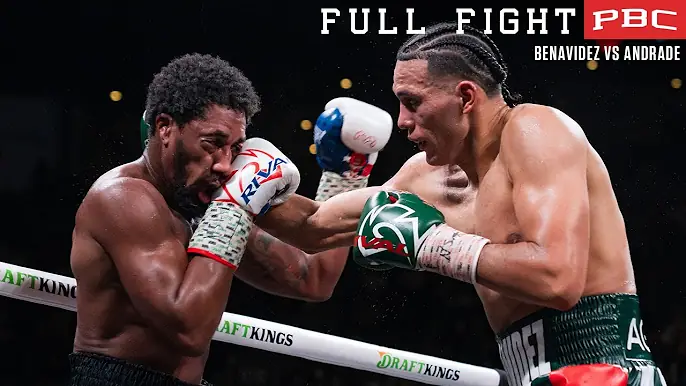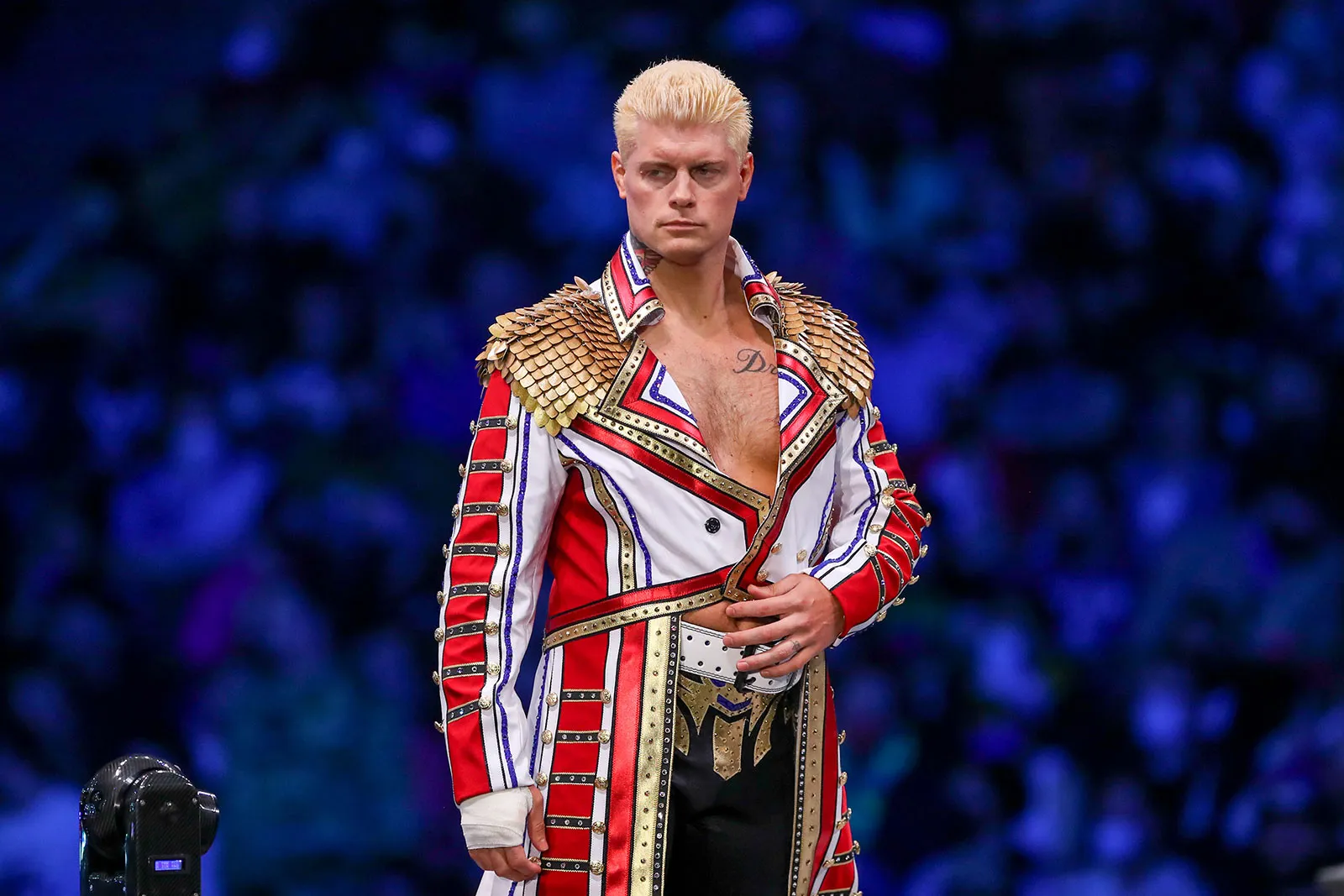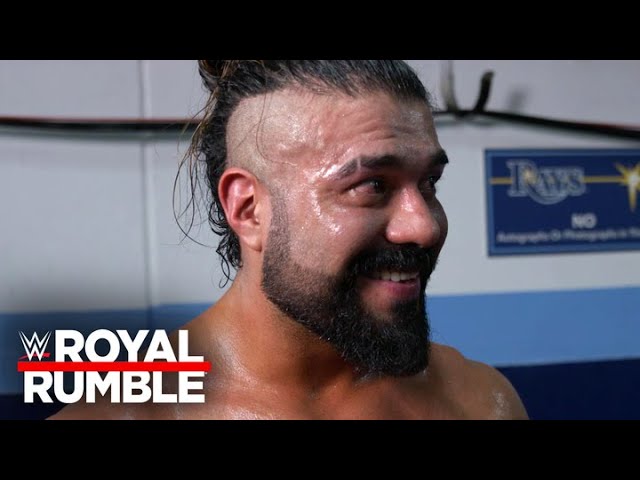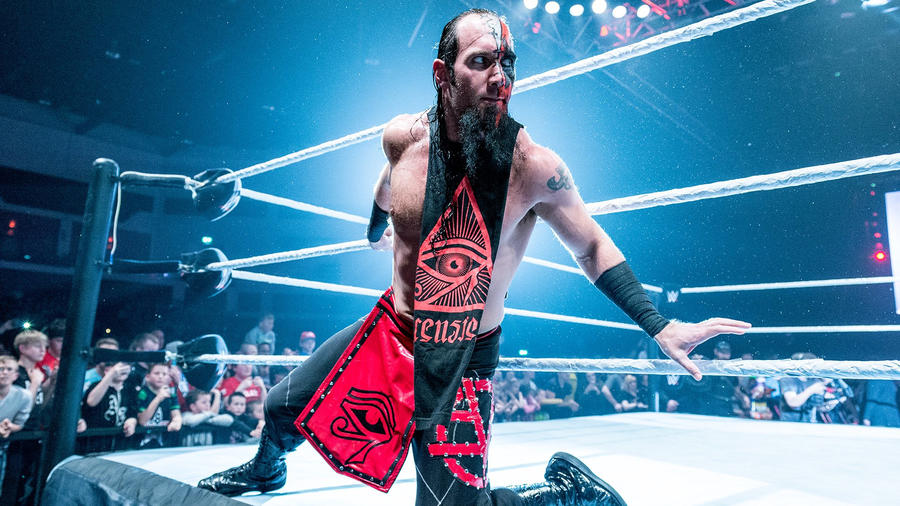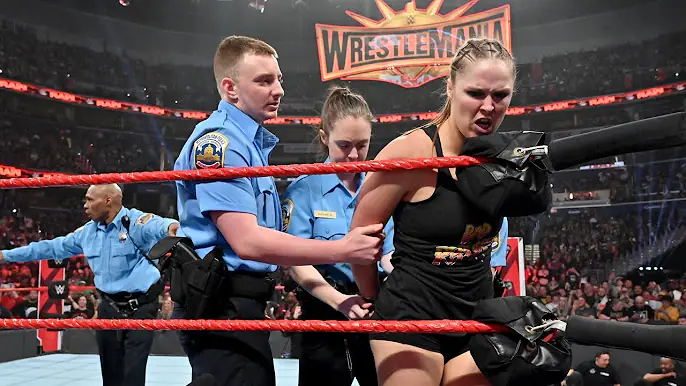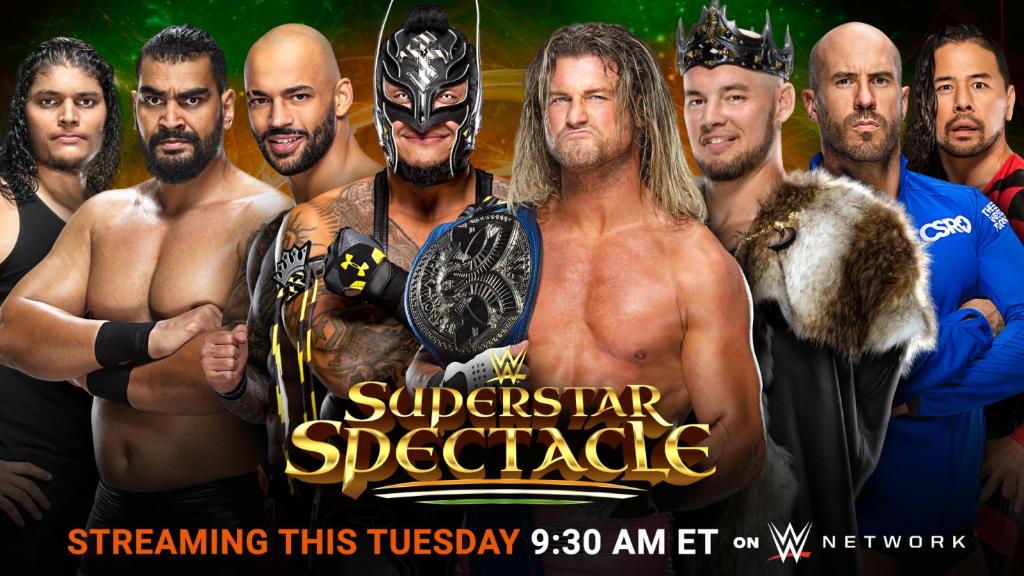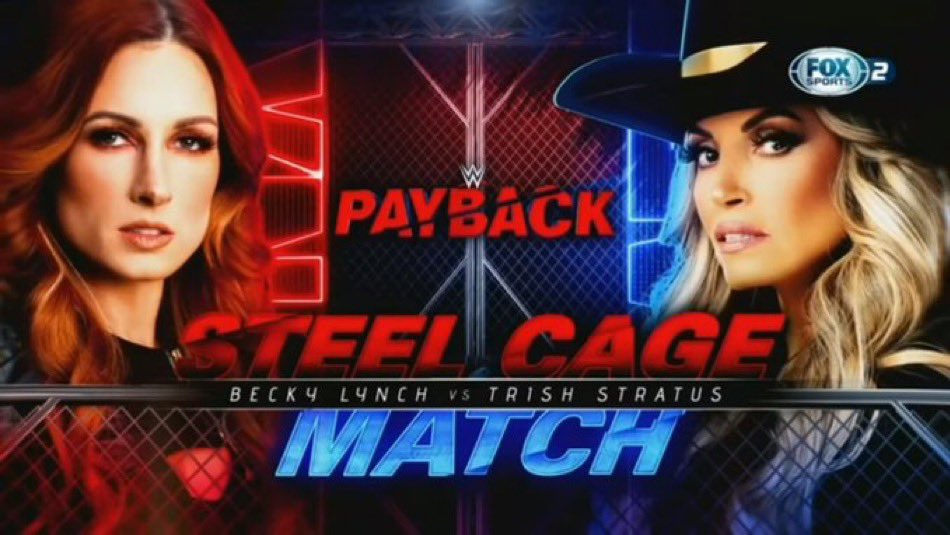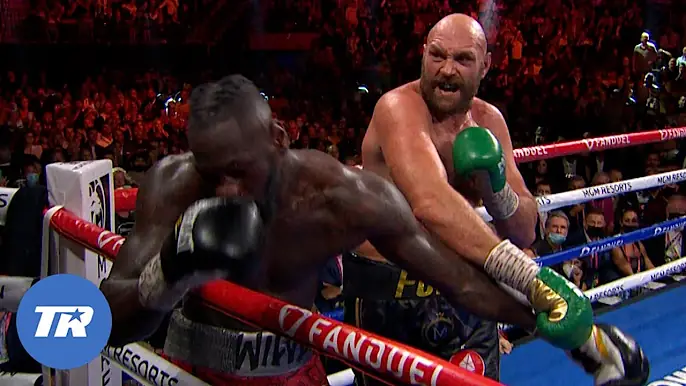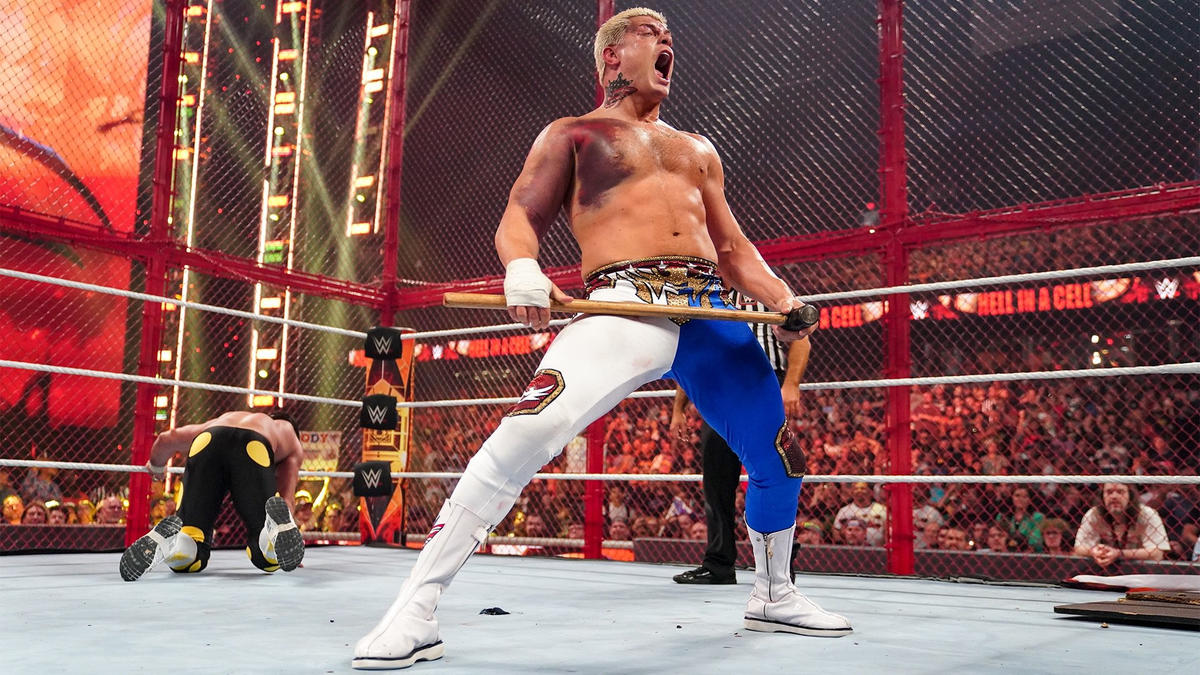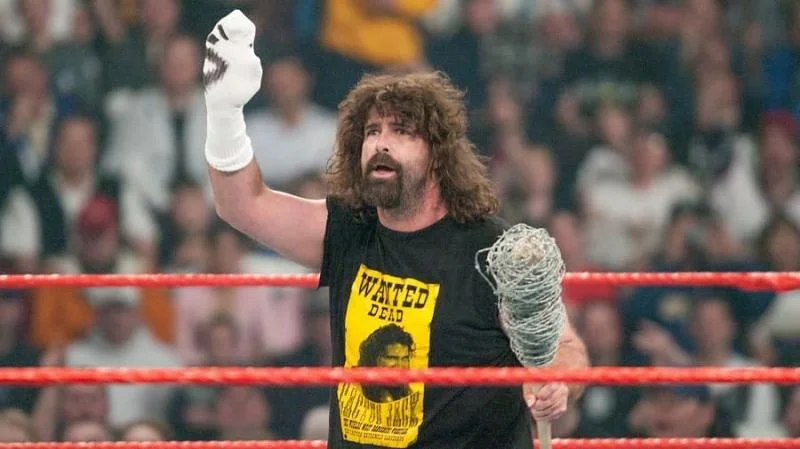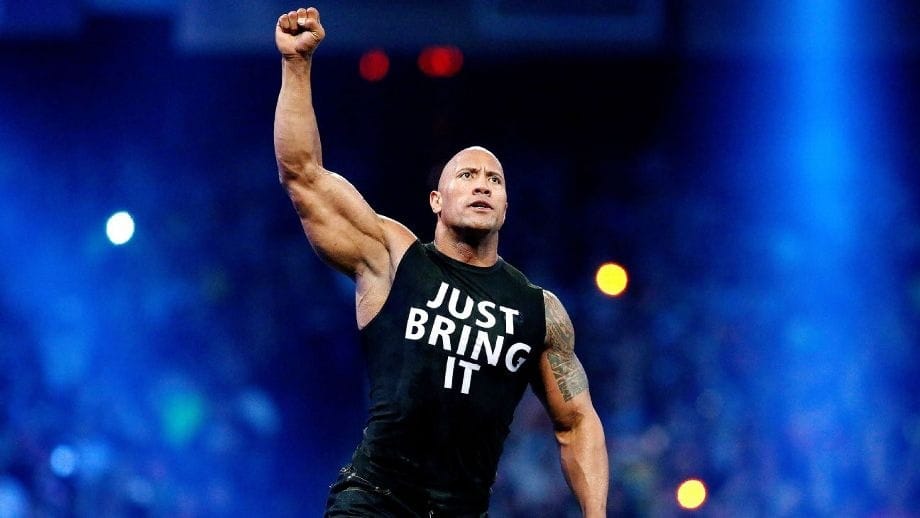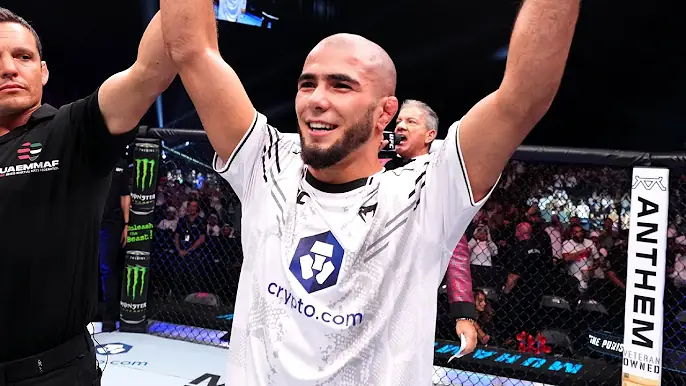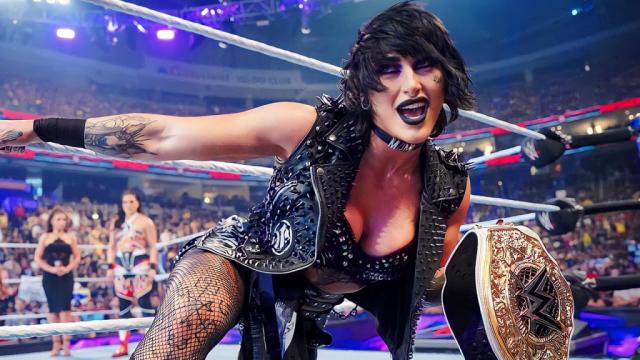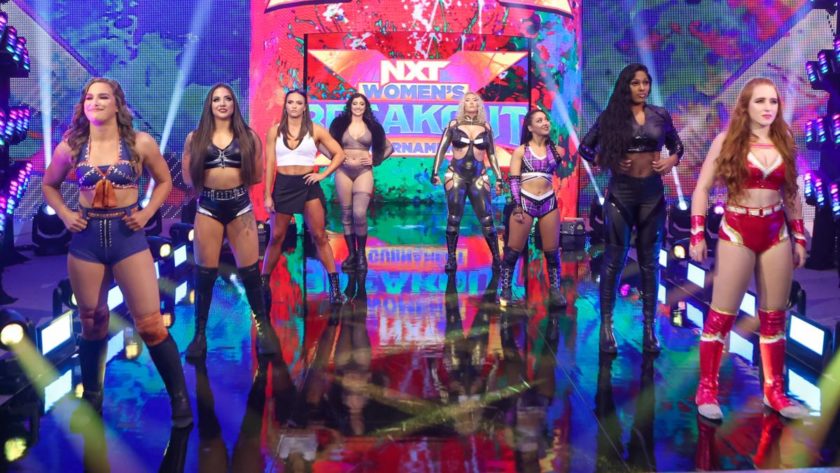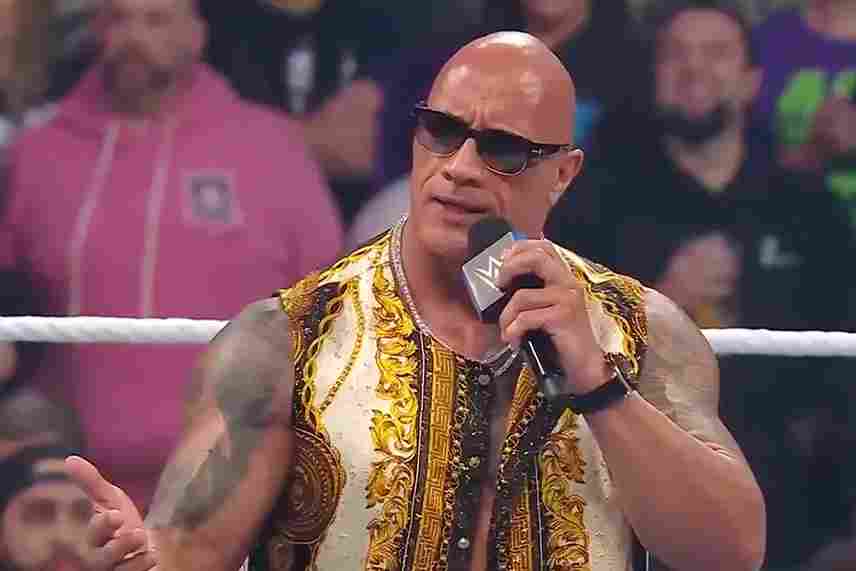Inside The WWE Draft: How Superstars Are Selected And Moved
The WWE Draft is probably one of the most highly anticipated events in professional wrestling that combines the ultimate sports entertainment with strategic roster management. It goes deep into the ways of WWE programming, as the reshuffling affects storylines and feuds or other directions taken for flagship shows Raw and SmackDown. How to know the way superstars get chosen and moved during the WWE Draft relates to an examination of the draft process and history, coupled with intricacies so integral to WWE’s annual calendar.
History of the WWE Draft
The concept of a WWE Draft came into existence with the brand extension in 2002, as WWE realized that it would be beneficial to divide its roster into two distinct brands: Raw and SmackDown. The theory was for a competitive environment whereby varied storylines could be formulated while giving more wrestlers more significant opportunities to be noticed. The inaugural draft went down on the 25th of March 2002, having Vince McMahon represent SmackDown, while Ric Flair would represent Raw. The draft was a huge change in the way WWE operated and brought an entirely different dynamic to its programs.
While the draft has changed over the years, sometimes occurring annually and sometimes intermittently, it’s been presented in many ways: as a live event on television and in off-air supplemental drafts. But no matter what form the draft comes in, the bottom line is to refresh the rosters of Raw and SmackDown so interest is continually revitalized with new storylines presented for their audiences.
The Draft Process
The WWE Draft comprises typically several steps to ensure that it structures a fair and exciting event. This is how the draft process goes:
Announcements and Hype: weeks ahead of the draft, WWE starts building up through its weekly shows and social media to raise much buzz. It, more often than not, gives a teaser of probably potential moves, speculating on which superstars might switch brands.
Draft Pools: Stars are first divided into draft pools, which could be explained as groups of wrestlers eligible to be drafted on certain nights of the draft. This division, therefore, makes the process smoother and tries to ensure star power from both ends.
Draft Rules: Every draft generally comes with its own rules, which are mostly declared or exposed in advance. These rules determine how many picks each brand gets, the draft order, and what special provisions may be added like tag teams staying together or the addition of NXT superstars.
Selection Process: At the draft, picks are made by representatives of Raw and SmackDown. This may include authority figures or general managers. The selections come on air as they happen, so there are elements of surprise and excitement.
Supplemental Draft: After the event, WWE sometimes holds a supplemental draft that includes most of the wrestlers on the lower card and tag teams. This usually happens off-air but always leads to eventual roster changes.
Trades and Free Agents: WWE may announce some trades between brands right after the draft, or some superstars are labeled as free agents and get to decide for themselves. This adds to the layers of strategy and intrigue overall.
Strategic Considerations
The WWE Draft does not randomly occur. Instead, there are many things that go into planning and strategy regarding how superstars will be moved around. Several factors determine how superstars are drafted and moved:
Storyline Potential: Now, the primary reason behind this is the potential to create new and exciting storylines. This seems like what WWE wanted to do: provide some new matchups and rivalries by shifting superstars into various brands. It will keep a wrestler’s career alive by keeping the audience interested.
Balancing the Roster: It is pretty essential to have a roster that does not feel highly disproportionate in either direction. WWE desires that its Raw and SmackDown rosters are overall well-rounded, starring power, wrestling styles, and even a diversity of characters.
Ratings and Viewership: It is a draft to improve the rating of the brands. High-profile moves and jaw-dropping selections can create interest and prompt viewers to tune in to see how these new rosters have unfolded thus far.
Merchandise and Marketability: If Superstars are big sellers of merchandise or have huge followings, then it would be better to move them to where the money lies. Here, the theory would be that WWE maximizes its revenues from merchandise sales and live event attendance.
It also keeps in mind the health and availability of these superstars. A wrestler returning from an injury might have an opportunity to jumpstart his career once more, or inversely, an athlete needing his time off may be livingly drafted for that time off.
Notable Draft Moments
From the moment the WWE Draft made its debut, countless moments were born from it that would go on to shape this company for an extended period. Here are some outstanding ones:
John Cena to Raw, 2005: The most shocking of all the moves was when then WWE Champion John Cena moved from SmackDown to Raw. All this did was shift power but cement him as the face of WWE.
Triple H Drafted to SmackDown (2004): The Game himself, squarely at that time the cornerstone of Raw, drafted to SmackDown. Well, he wasn’t there too much longer, but boy, for a while, did that shock drive out the unpredictability of the draft in WWE.
The Split of the Shield, 2014: Though indirectly, the draft played a part in the eventual breakup of The Shield. The betrayal of Seth Rollins and his subsequent alliance with The Authority were paramount to reshaping the careers of Seth Rollins, Roman Reigns, and Dean Ambrose.
Becky Lynch and Charlotte Flair, 2019: Another impetus for women’s wrestling was the central role female superstars like Becky Lynch and Charlotte Flair took during the 2019 draft. They are strangers to the highest level of their profession and worked at the core to indicate the full support of WWE behind its Women’s Evolution.
Effects on Superstars and Storylines
It means a great deal in the careers of WWE superstars and the storylines that they are involved in. Getting drafted into another brand gives some wrestlers an opportunity to start afresh by reporting the stories holding them back and forging new character directions. Others get a chance to break their way into the main event scene and a more significant role.
For instance, the move of AJ Styles to SmackDown in 2016 cemented that he was going to be a top star in WWE—earning him a reign as WWE Champion and several other high-profile matches. Similarly, it has aided the rise of new talent in the company. For example, when Finn Bálor was drafted into Raw in 2016, a few weeks later, he became the inaugural Universal Champion.
In draft form, generally, what happens is that it hugely changes storylines. Feuds are either abruptly stopped or transferred to the new brand and, in some luckier cases, transition smoothly. All of this reshuffling keeps things dynamic and unpredictably fresh for the product.
The Role of the Draft in WWE Business
Outside of the in-ring action, the WWE Draft is a part of an integral plan in WWE’s more excellent business strategy. These serve several purposes, from enriching television ratings to adding to their marketing and merchandising efforts.
Television Ratings: The draft episodes of Raw and SmackDown are usually watched by more viewers as this is quite an unpredictable event. The fans want to see which superstars will move over to the other brand, how their favorite wrestlers will fare, etc. This spike in ratings benefits the WWE’s television partners and thus contributes to its overall success.
Marketing and Merchandise: This draft opens a whole new avenue of marketing opportunities for WWE, with the option to make new matchups and storyline thrusts. New rivalries and the wide range of alliances often give birth to many forms of merchandise, like T-shirts and action figures, all creating additional revenue streams for the company. For instance, if some of the new tag teams or stables formed as a consequence of the draft require new branded merchandise, this example will gain extra streams of income for the company. In that respect, Live Events and Touring shall ensure, commercially speaking, WWE can work the separate rosters between Raw and SmackDown in such a way as there to be star power on both. This draft will help evening out the roster for easy promotion at live events and strong attendance figures. At this time, performance has begun again as usual after the pandemic.
Network and Streaming Content: This draft specifically enhances WWE’s streaming content over the airwaves on the WWE Network and other outlets. Special draft-related programming, such as analysis shows and behind-the-scenes documents, will help attract subscribers and give them a reason to stay. Moreover, the outcomes of the draft usually facilitate compelling content for WWE’s vast video library.
Future of WWE
With the evolution of WWE, so is the WWE Draft. As new-age platforms continue to surge at a time of fast-changing viewer habits and trends, the draft could integrate more interactivity elements. Letting the fans decide specific picks or outcomes in real-time—something which WWE would do quite nicely, given their large following on social media. With the induction of NXT superstars, the draft has already harbored a new dimension and will continue to do so. NXT has become a vital cog in the WWE ecosystem, and its integration into the draft means fresh blood is pushed regularly into Raw and SmackDown. This will also give the opportunities to NXT stars to shift to the main roster in a big way, setting up their run in Collider success. Moreover, with WWE continuing to grow its international foothold, this could be a draft that houses more foreign talent, much like the company has been sporting across its roster. Superstars from varying regions bring diverse styles and fan bases, which help lift the overall product and appeal to a broader audience.
Conclusion
The WWE Draft is such an eventful, intricate event that it becomes essential for the wrestling landscape. It requires proper planning and strategic decisions with a deep understanding of the WWE universe. Refreshing the rosters of Raw and SmackDown ensures WWE remains dynamic and engaging for its fans. From the moment the WWE Draft made its debut in 2002 to the present day, it has created moments that many would not forget and changed a lot of the superstars’ careers out of this world. This has been part of WWE’s business strategy in giving softball nudges on TV ratings, selling merchandise, and Powered by Widget Ventions live event audiences. As WWE progresses with innovations and changes in the Sports Entertainment environment, the draft can appear as the mainstay, holding fans glue-like and carving out the future for professional wrestling.

